Why are women with a breech pregnancy told a caesarean is their only option?
Confined to a wheelchair after her caesarean, this was not the birth Lori Atherton had envisioned. Women argue their choices are being taken away, and now some obstetricians are returning power to their patients.

Confined to a wheelchair, unable to walk after her caesarean, Lori Atherton searched for the baby she’d held briefly to her chest amongst the machines and sterile incubators that filled the busy neonatal intensive care unit.
“She was in a humidicrib with tubes all over her,” the new mum recalls. “I could barely move because I was in a lot of pain. All I was thinking about was getting colostrum to her, so they didn’t give her formula.”
This was not what the Gold Coast mum had envisioned for the birth of her third baby, Nina, on March 1 this year. Less than 24 hours earlier a routine check-up had revealed that Nina was in the breech position – with her bottom or feet positioned to come out first.
The 41-year-old was initially unperturbed by the news, as her sons had been in the breech position too, until turning head-down very late in the pregnancy; both had been born naturally at 41 weeks. But doctors at the Gold Coast University Hospital told Atherton that they would not deliver a breech baby vaginally.
In Australia, 3 to 5 per cent of babies at birth are breech, and pre-term the rate is even higher. Every day, women such as Atherton are told they cannot birth their breech babies vaginally. The shift came at the turn of the century, in 2000, following the publication in medical journal The Lancet of the Term Breech Trial study, which compared planned vaginal breech births with planned caesarean breech births; ever since, attitudes towards delivering breech babies have changed.
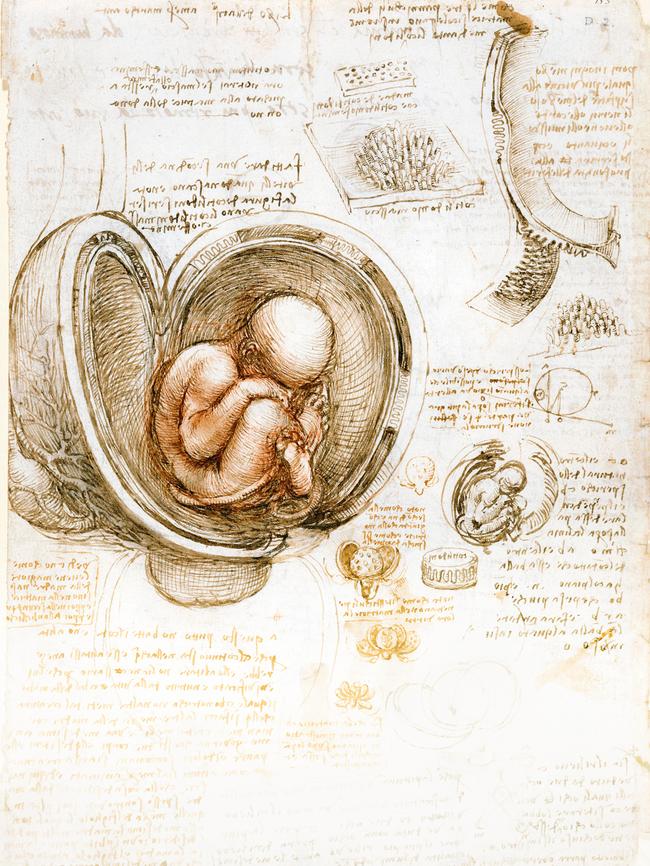
The study, by University of Toronto professor Mary Hannah and colleagues, concluded that caesarean section was the safest mode of delivery, and it resulted in an immediate swing towards this major surgical procedure, including in Australia. A “blanket of darkness” descended on breech vaginal deliveries and women’s choice was taken away, says Dr Karol Petrovska. “It is hard not to get angry about it because you are taking power off women,” adds Petrovska, who did her PhD in 2017 on a woman’s choice to pursue a breech birth. Her studies followed her own experience as the mother of a breech child, navigating the health system to explore her birthing options.
Now, she says, the “art” of delivering breech babies vaginally has almost disappeared, with 90 per cent of these babies born by caesarean.
“So few vaginal breech births happen. It’s still a taboo issue, clinicians are still not being exposed to breech births and therefore remain unskilled,” Petrovska says. She adds that this skill vacuum poses a huge risk for those women presenting in labour with an undiagnosed breech baby. “When I had my [breech] daughter [vaginally], there were about 10 people in the room. They were so grateful to see it and there were cheers. I was treated like a miracle, but it didn’t feel any different than having a headfirst delivery. In fact, it was a lot smoother and faster.”
The Term Breech Trial study has since been discredited by many, including Dr Gerald Lawson, former consultant in obstetrics and gynaecology at John Hunter Hospital in Newcastle. His paper, The Term Breech Trial Ten Years On: Primum Non Nocere? was published in the journal Birth in 2012 (Primum non nocere is Latin for “First, do no harm” – one of the ethical foundations of medicine). He says the trial had dubious quality control measures in place and incorporated perinatal deaths unconnected to the labour or mode of delivery. He says the authors also conceded most babies with serious neonatal morbidity survive and develop normally. However, the findings of the trial were widely disseminated, and Lawson notes it accelerated the trend to caesarean section for breech babies almost to the point of no return.
Obstetricians during training now have limited opportunities to develop the confidence and ability to look after women in vaginal breech birth, potentially putting women’s and baby’s lives at risk.
A 2007 report found only two of 19 obstetric trainees in their final year of training planned to offer vaginal breech deliveries to their patients. It is likely the numbers have declined even further in the subsequent 16 years.
Older obstetricians confirm that prior to the Term Breech Trial, performing breech deliveries was part and parcel of delivering babies.
Those who want to birth their babies vaginally are frequently told it will kill the baby, or result in a disability such as cerebral palsy. They are turned away from hospitals and often forced to travel vast distances for a doctor willing to support them, or else acquiesce to a caesarean.
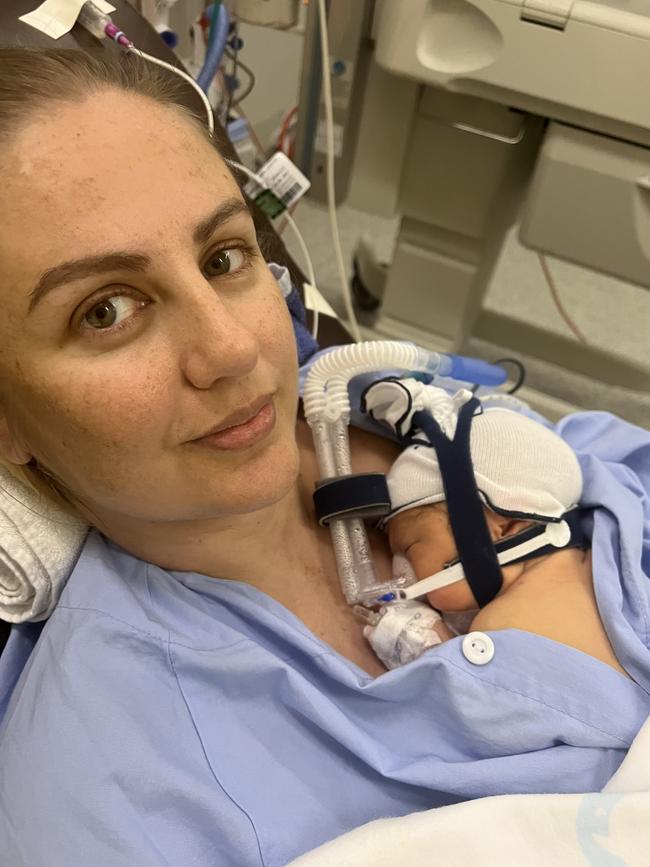
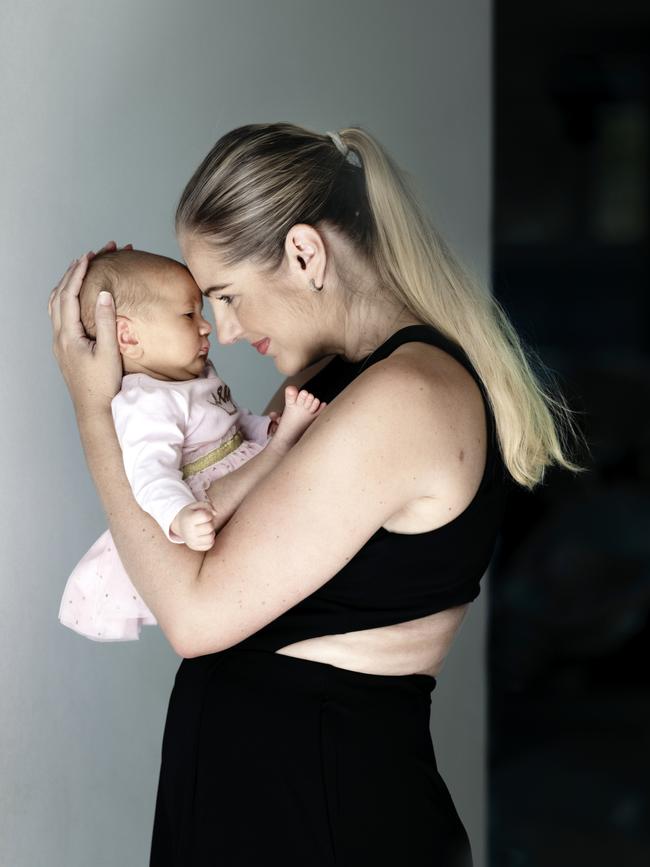
Lori Atherton’s doctors tried to turn her baby out of the breech position by performing an external cephalic version, which involved putting pressure on her abdomen to turn her baby. Despite saying she didn’t feel ready and wanted to wait, she was assured it was a simple procedure and wasn’t informed of any risks.
The procedure initially seemed to be a success, but moments later Atherton saw alarm in the healthcare providers’ faces as mother and baby’s heart rates dropped. Doctors quickly turned Nina back to breech. Their heart rates then stabilised, but doctors said they feared they’d caused damage to the cord or placenta, and she should call her partner as they were going to perform a caesarean.
“I said, ‘She’s not ready – I give birth at 42 weeks’. I was crying and crying. No one gave me any other options,” Atherton says. “I was grieving the birth I wanted, and cried the whole way into the theatre.”
Born too early, Nina’s lungs weren’t fully developed. She spent three days in intensive care on a ventilator and a further three days in special care, including 24 hours under a phototherapy light for jaundice, her eyes covered by tiny goggles.
The interventions made it more difficult for Atherton to breastfeed, and she was forced to pump every three hours and feed with a bottle.
“I didn’t have the guts to stand up for myself, and I regret that,” she says.
The sense of loss, grief and anger that Atherton felt was similar to that expressed by the women who featured in Petrovska’s PhD paper, titled Stress, Anger, Fear and Injustice: An International Qualitative Survey of Women’s Experiences Planning a Vaginal Breech Birth. She found women regretted feeling like they didn’t have a voice. And for those not given the opportunity to try for a vaginal birth, the sense of loss was significant.
“The disempowerment they felt left a mark that was very long lasting,” she explains.
Many pregnant women with breech babies, Petrovska found, ended up doing their own research and relying on Facebook groups such as Breech Birth Australia and New Zealand to glean adequate information on the risks associated with delivering babies breech.
There are two obstetricians in Australia’s public system who are considered the champions of vaginal breech births: Dr Andrew Bisits and Dr Andrew Pesce, both based in Sydney.
“[Women] don’t want anything unreasonable, they just want to be given a go,” says Pesce, who set up the vaginal breech service at Westmead Hospital in 2012, one of the few functioning breech birth clinics in Australia.
He trained in the late 1980s, when he says as a registrar the approach was to assess mother and baby and give an individual risk assessment. He says he saw caesarean rates climb after the trial paper was published. In the Netherlands, the rate doubled within a year, and he says Australia recorded a similar jump.
“Properly informed women make the best choice for themselves and their babies”
“Consultants stopped doing vaginal breech deliveries 20 years ago,” Pesce says. “So registrars get minimal experience in it. There is not the volume of clinical experience that allows a trainee to be experienced at the end of their training. Most of the time, obstetricians say they don’t feel confident and don’t have the skills. Partly, that’s their perception of the medico-legal risk.”
At Westmead, the vaginal breech birth rate before the trial paper was 70 per cent. Following the trial paper it dropped down to 5 to 10 per cent. However, with the creation of the Breech Birth Clinic under Pesce’s lead for those planning a vaginal breech birth at term, the rate returned to 70 per cent. Westmead Hospital’s breech birth rate, for those women birthing outside the Breech Birth Clinic, sits at 20 per cent; in comparison, the state’s vaginal breech birth rate is just 10 per cent.
The fact that Pesce has managed to maintain such a high vaginal birth rate, considering the hospital’s overall caesarean rate when he started was 15 per cent and continues to rise to approaching 40 per cent, is a testament to his passion to support women’s choices. “Properly informed women make the best choice for themselves and their babies, and to say they need a caesarean because the trial [recommends it] is not giving them the best information to make that choice,” he says.
“An elective caesarean carries a lower risk of an adverse outcome for the baby, but it is important to convey that as helpfully as possible. Women are told they should have a caesarean section because their baby could die.” He goes on to say there are many ways to convey risk, which is inherent in all aspects of childbirth, and some forms of communication are more “helpful” than others.
Bisits, at the Royal Hospital for Women in Randwick, says following publication of the trial “there was an immediate and sustained effect ... on the practice of Australian obstetricians”. He notes that the French didn’t agree with the results and did a large study to counter it, confirming their methods led to better outcomes than what was reported in the trial. This was also the same for other countries. “In Australia, for whatever reason, there was already a declining number of vaginal breech births and perhaps the skills were already diminishing,” he says. “Other countries don’t have the same pressures that obstetricians work under, including litigation.”

As a result, Bisits believes women are being let down by the system, which is depriving them of a choice, and they are pressured into having caesareans they don’t want. “It’s an innate desire for a woman to have a vaginal birth,” he explains. “There is something very unique about birthing a baby, which is hard to describe in words, and we should be working towards [it] and not taking it away in a noble desire to minimise risk and maximise safety.”
Believing breech births are just normal births, the best approach he says is to stand back and let the women birth their babies, only stepping in if necessary.
“I know the few flicks of the wrist to help the baby out,” he says; he stresses that midwives are also more than capable, and views them as an intrinsic part of his practice. “They are much keener to maintain the skills and will look for every opportunity to inform themselves.”
Bisits says Australia needs to adopt the approach of many Scandinavian countries as well as France and large parts of the UK, which offer a breech facility in each jurisdiction.
However, some doctors privately complain about Bisits’ methods, and attribute higher rates of postpartum haemorrhage and transfusion overall at the Royal Hospital for Women to the practice of vaginal breech births.
Two years after publication of the Term Breech Trial, researchers were unable to identify any increased risk of ongoing problems in the planned vaginal breech birth group compared to the planned caesarean breech birth group. “The best care is to talk to women and listen to them and give them the information they require and let them make their decision. If they want my advice, I’ll give it, but normally that’s the last option”, says Pesce. He reckons the problem with the trial was that it lumped all adverse events together, giving inaccurate statistics. “It combined all adverse outcomes into a composite group. This included the most severe outcomes, such as death and long-term neurological disability such as cerebral palsy, with less severe and transient problems. The trial over-emphasised the risks,” he says.
There is no question that the likelihood of something going wrong when a woman ends up in the care of an unskilled obstetrician is very real. “In the past 10 years I have been asked to review poor outcomes in hospitals across Sydney that don’t offer planned breech births,” Pesce says. “By not having a system of care in place to plan for vaginal breech birth, outcomes may be worse when emergencies arise and inevitably it’s unavoidable for the baby to be born breech.”
Through the Becoming a Breech Expert (BABE) course, Bisits, who’s been delivering breech babies since 1984, and together with Petrovska aim to address the lack of education among doctors and midwives. BABE has been embraced by some of the bigger hospitals, and Bisits would like to see more coming on board so women from smaller hospitals can be referred to them.
“It is possible to educate them so they adopt a systematic, calm approach, and the chaotic situation where sometimes things are made worse no longer happens,” he says. “A lot of the education has to be that this is just a normal birth and we will do everything we can to support it; if need be we know the manoeuvres to help that baby out.”
Associate professor Gino Pecoraro, president of the National Association of Specialist Obstetricians and Gynaecologists, says the risk of litigation looms large in the minds of obstetricians. He says doctors facing a lawsuit have been known to take their own lives.
“Doctors have rights and shouldn’t be forced to do something they are not comfortable with,” he says. “Obstetricians pay the highest medical indemnity insurance premiums … and until the federal government stepped in, obstetricians were simply walking away from the profession, unable to afford insurance.
“It’s completely understandable that many obstetricians would opt for a very low level of risk in their practice. This in turn might make them less likely to offer vaginal breech delivery, given published data.”
“It felt like a very threatening conversation — like I was putting my baby in danger, and she would die”
Pecoraro describes the Term Breech Trial as a landmark. And while he concedes it was not without flaws, he says further studies supported the conclusion that vaginal delivery carries an increase in negative outcomes.
Yet he also acknowledges the de-skilling that has occurred as a result of the trial, saying the vast majority of his junior trainees haven’t delivered a breech baby vaginally or even seen it done. “They have to know the book theory; however, it is different to actually doing it,” he says, noting that every labour ward runs emergency drills. “There will be a degree of anxiety and stress in the person looking after a birthing woman who presents breech, and only knows the theory.”
However, he believes that people’s appetite for risk with birth in general is decreasing and there is a strong expectation of a perfect outcome every time. “People have forgotten that once upon a time both mothers and babies frequently died in labour,” he says.
He quotes figures from the trial of 1.3 per cent chance of death for a vaginal breech delivery compared to 0.3 per cent by caesarean.
Serious morbidity such as cerebral palsy and nerve damage is 3.8 per cent with vaginal delivery compared to 1.4 per cent for a caesarean.
Pesce says his figures differ from these and are based on accumulated data over several years from the UK, Canada and NSW. He believes the higher mortality rates shown in the trial can be attributed to the fact that the protocol didn’t require certain standards of procedures and included births in developing countries, which wouldn’t have access to these procedures.
Ultrasound assessment and continuous foetal heart rate monitoring during labour are routinely used in developed countries to identify risk factors. Pesce says most doctors would agree that such procedures are necessary in the management of breech births.
For Pecoraro, with 30 years practising obstetrics under his belt, he’s confident taking on the two to three women he sees each year determined to have a vaginal delivery. An additional seven to eight women, he says, opt for caesareans. However, unlike Bisits and Pesce, he prefers a more hands-on, traditional approach. The woman must be lying on the bed with her legs in stirrups to allow him good access to see what’s going on – a position many women find can be extremely uncomfortable and restrictive. He also insists on an epidural, which ensures adequate pain relief if something has to be done rapidly to get the baby out.
Pesce says experience has suggested to him this traditional approach is not the best method. “I came to realise the advantages of the prescribed conditions were not necessary and often women were very uncomfortable with them,” he says.
First-time mum Justine Carlier also felt a caesarean was not right for her, and that having a breech baby wasn’t a danger in itself.
“I knew women could deliver healthy breech babies,” she says. “I didn’t understand why they wanted to cut me open. The recovery is long and I’m not just an incubator.”
However, her private obstetrician in Albany, Western Australia, told the 28-year-old she would only do a caesarean and she wasn’t experienced in vaginal breech deliveries. “It felt like a very threatening conversation – like I was putting my baby in danger, and she would die. I spent the rest of the day crying.”
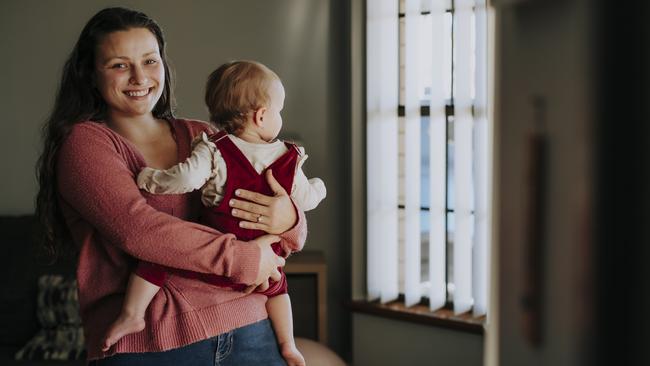
Carlier’s only option for a vaginal birth was to go to Perth’s King Edward Memorial Hospital, which meant staying there from 38 weeks’ gestation. She chose not to travel to Perth, advising her obstetrician she was going to go ahead with a natural birth. She and her partner, Kaine Walker, were asked to sign a document stating that they understood the risks and agreed to absolve the hospital of any fault should something go wrong. She gave birth at 41 weeks and four days. “I felt like I was on my own,” the young mum recalls.
As her obstetrician watched on, Carlier birthed on her knees – becoming the first woman to ever have a planned vaginal breech birth at the hospital. “It was a beautiful birth and I got what I wanted,” she says of the arrival of Sophia on December 6, 2021.
Lauren Westhorpe, 41, confronted the “system-centred” approach when she tried to have her second baby without a caesarean at the Mount Gambier Hospital in South Australia in July 2017. “I love labour and the power it gives a woman and the strength we have,” she says. However, at about 30 weeks Westhorpe was told Luca was breech during a check-up with her GP. She was referred to a private obstetrician, who advised her it was safer to have a caesarean – although there was no discussion about what would happen if she did go into labour early. She was told Mount Gambier Hospital didn’t have the capacity to deliver her son any other way.
“I came out with a healthy baby, although now the way I would have liked”
At 37 weeks, days before her scheduled external cephalic version procedure to try to turn her baby, fear and panic set in when labour pains hit. “I was scared and unprepared,” recalls Westhorpe, who now lives in Warrnambool, Victoria. “I presented to the hospital twice over two days with labour pains. I told them, ‘I have a breech baby and believe I am in labour’. I could barely walk; I was nearly sick from the pain. My obstetrician sent me home telling me to take three Panadol.”
Westhorpe followed the advice, but within an hour and a half of leaving hospital her waters broke. The couple called an ambulance and advised paramedics the baby was breech. “I’ll never forget the look on their faces, thinking, ‘This is not something we can deal with’,” Westhorpe recalls. “I was told I couldn’t push – they couldn’t deliver the baby there. I feared for the welfare of my little boy. I was in shock,” she says, the emotion still raw.
The ambulance took her back to the hospital. There, the delivery room filled with every midwife and doctor in the place. Even the paramedics asked if they could stay to watch. “I was told afterwards it was a bit of a training session, with many experiencing a breech birth for the first time,” Westhorpe says.
“I had uneducated ambulance officers and uneducated midwives – but I was extremely lucky to have the only doctor experienced in breech delivery on duty.”
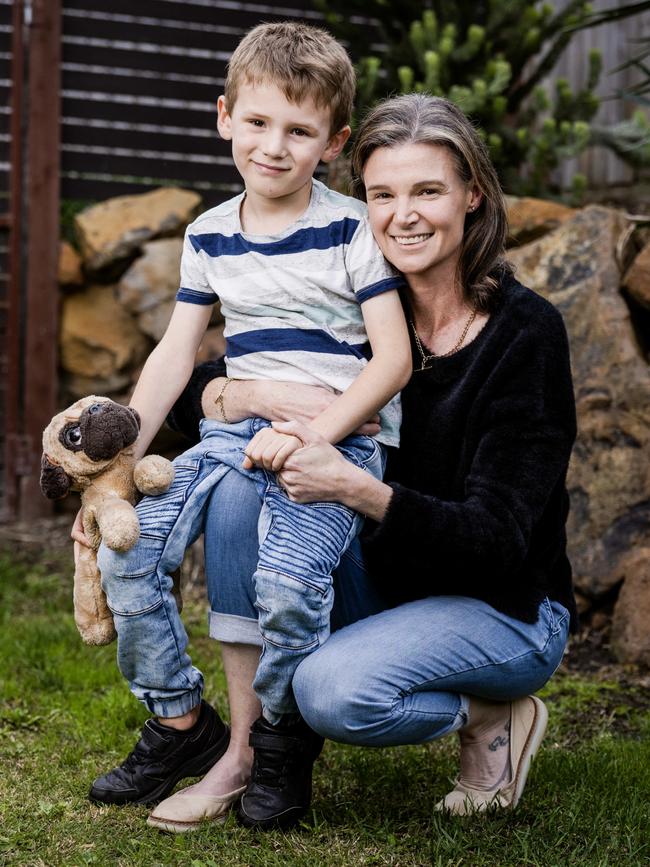

Just 45 minutes after her waters broke, Westhorpe lay on the hospital bed with her feet in stirrups and pushed. Luca’s bottom emerged first, then his legs flopped out. “I came out with a healthy baby, although not the way I would have liked,” Westhorpe laments. “But I feel powerful, and I did it.”
Petrovska says Westhorpe’s experience highlights the “Russian roulette” that women play, not knowing who will be on duty and whether they will have the skills to facilitate a vaginal breech birth. “Mother and baby should be at the centre of the system,” she states. Instead, Petrovska says we have a paternalistic system in which risk minimisation and doctor’s comfort levels have become the deciding factors.
She explains NSW is the only jurisdiction with specific guidelines relating to breech births, which include managing women in services with expertise in vaginal breech births, informed decision-making including on impacts on future pregnancies, senior staff committed to training of obstetric registrars and midwives, continuous one-to-one midwifery care in labour, and a birth environment and staff attitudes promoting a woman’s confidence and reducing her fear, which includes immersion in water and adopting a range of positions for labour and birth.
Despite these guidelines, however, access is still limited.
“We just don’t have enough senior champions to pass the skills on to junior doctors,” Petrovska states.
The Royal Australian and New Zealand College of Obstetricians and Gynaecologists has guidelines for the management of breech presentations, including how to inform women. A spokesperson says: “Women should receive accurate and evidence-based information about the benefits and risks to enable informed and timely decisions about the mode of birth. Choice is important within maternity care, and clear information about each option should be available to all pregnant women.
“Collaboration between the health professionals caring for pregnant women is fundamental to optimising outcomes for women and their babies. This includes discussing history and management issues in ways that respect and empower women in their care, considering their personal beliefs and experiences, and their social, economic and cultural background.”
The guidelines also say that benefits of caesarean section reducing newborn mortality must be balanced against the immediate and longer-term risks of caesarean delivery.
However, Petrovska argues the guidelines do nothing more than reinforce the status quo. She says when the first thing the college does in its guidelines is quote the trial and the adverse events, it’s not difficult to see why obstetricians would adopt a risk-averse approach.
The college does acknowledge the trial failed to show long-term differences in death and neurodevelopmental delay at two years of age. However, it goes on to say that because of the small number of patients involved, those long-term outcomes are not suitable end points.
The college also notes: “A further consequence of the practice of performing caesarean sections to deliver breech-presenting babies is a limitation of the opportunities for training and experience of vaginal breech birth for obstetricians and midwives.”
The college says all maternity units should undertake regular training for all medical and midwifery staff using simulation to ensure staff maintain adequate skills to provide care when a woman is admitted in advanced labour with a breech presentation.
But in practice, there is little opportunity to train for this eventuality. It’s rare for women to be admitted in labour with a breech presentation, their choice around breech birth having been severely restricted long before they reach full term. Those who wish to give birth on their own terms are more often left to seek a homebirth, or even freebirth, with no registered healthcare provider. Or are left with permanent scars.

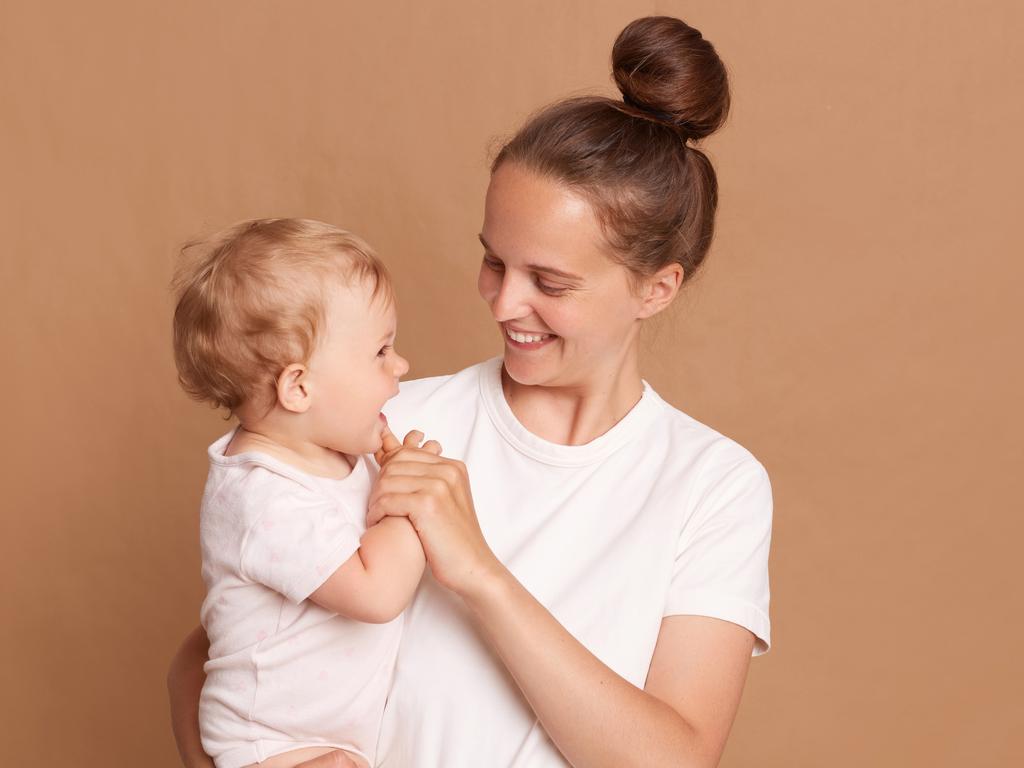
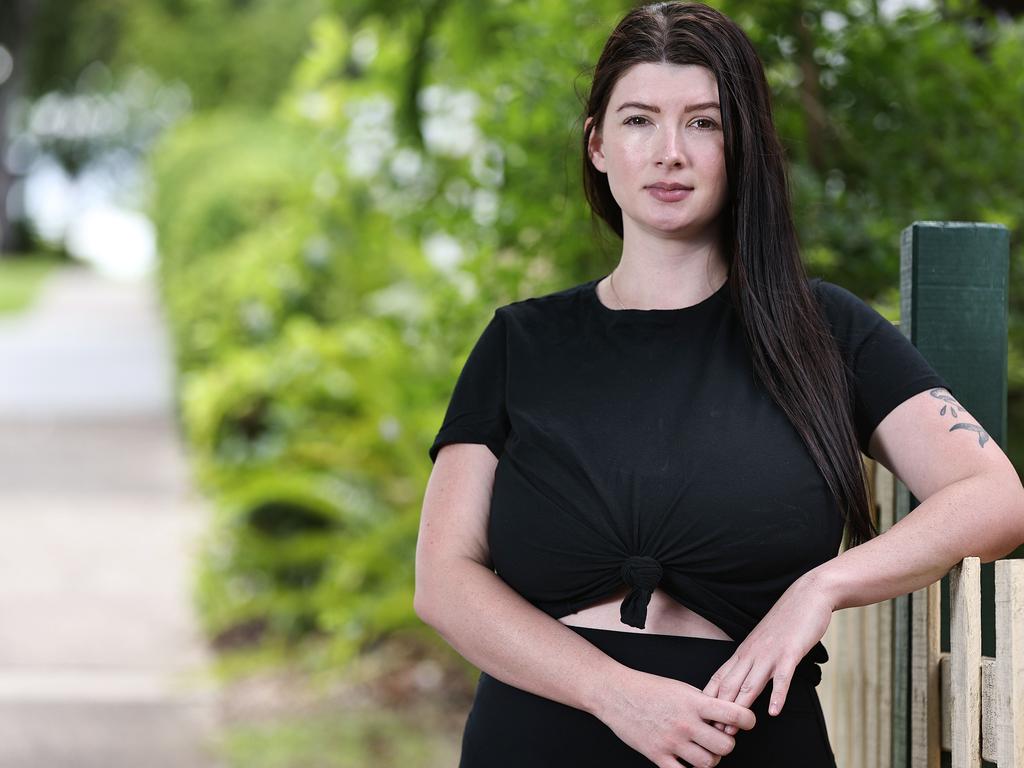


To join the conversation, please log in. Don't have an account? Register
Join the conversation, you are commenting as Logout